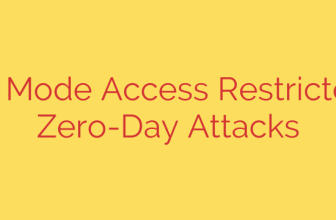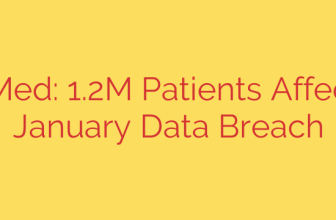
Global Botnet Attack Targets RDP: How to Protect Your Network
A significant and widespread botnet campaign is actively targeting businesses and individuals by exploiting a common, yet often overlooked, vulnerability: insecure Remote Desktop Protocol (RDP) connections. This global attack is leveraging brute-force techniques to compromise systems across numerous countries, including the United States, posing a severe threat to network security.
The attack method is straightforward but highly effective. The botnet systematically scans the internet for systems with an open RDP port, typically port 3389. Once a target is identified, it launches an automated brute-force attack, attempting to log in by guessing thousands of common or weak username and password combinations. This relentless, automated approach means that any system using simple or default credentials is at extremely high risk of being compromised.
Once attackers gain access, they can inflict serious damage. The primary goals of these intrusions include deploying ransomware, installing cryptocurrency miners, or stealing sensitive data. A compromised machine can also be absorbed into the botnet, becoming a tool to launch further attacks against other networks.
Why RDP Remains a High-Value Target
Remote Desktop Protocol is a critical tool for remote work, allowing administrators and employees to access their work systems from anywhere. Its widespread use, which surged with the rise of hybrid and remote work models, has made it a prime target for cybercriminals.
The core issue is not with RDP itself, but with its improper configuration. Many organizations inadvertently leave RDP ports directly exposed to the public internet without adequate security measures. This is the digital equivalent of leaving a door unlocked, providing an open invitation for automated attacks that are constantly scanning for such vulnerabilities.
Actionable Steps to Secure Your RDP Connections
Protecting your network from this threat requires a proactive, multi-layered security approach. Simply relying on a strong password is no longer sufficient. Follow these essential steps to secure your remote access infrastructure immediately.
Use Strong, Unique Passwords: This is the first line of defense. Enforce a policy that requires long, complex passwords that combine uppercase and lowercase letters, numbers, and symbols. Avoid using common or easily guessable passwords at all costs.
Enable Multi-Factor Authentication (MFA): This is arguably the single most effective measure you can take. MFA requires a second form of verification, such as a code from a mobile app, in addition to the password. This simple step can block the vast majority of automated login attempts, even if the attackers manage to guess the correct password.
Implement Account Lockout Policies: Configure your systems to automatically lock an account after a specific number of failed login attempts. This can thwart a brute-force attack in its early stages by preventing the bot from making endless guesses.
Restrict Access with a Firewall: Do not expose RDP to the entire internet. Use a firewall to limit RDP access to a specific list of trusted IP addresses. If your employees need to connect from various locations, consider using a VPN.
Utilize a Virtual Private Network (VPN): Requiring users to connect to a VPN before accessing RDP adds a powerful layer of security. The VPN encrypts the connection and hides the RDP port from the public internet, making it invisible to attackers’ scanners.
Enable Network Level Authentication (NLA): NLA is a security feature that requires a user to authenticate to the remote computer before a full RDP session is established. This helps conserve server resources and provides an additional layer of defense against unauthorized access attempts.
Keep Your Systems Patched and Updated: Regularly apply security updates to your operating system and all software. This ensures that any known vulnerabilities that could be exploited by attackers are patched.
Have You Been Compromised? Watch for These Signs
It’s crucial to monitor for signs of a potential breach. Look for red flags such as:
- Unexplained new user accounts on your system.
- Unfamiliar software or applications installed.
- Sudden and persistent high CPU or network usage, which could indicate a cryptominer.
- Repeated login failure alerts in your security logs from unknown IP addresses.
Regularly reviewing security and event logs is essential for early detection. By taking a proactive stance and implementing robust security controls, you can significantly reduce your risk and protect your valuable digital assets from this pervasive threat.
Source: https://www.bleepingcomputer.com/news/security/massive-multi-country-botnet-targets-rdp-services-in-the-us/








